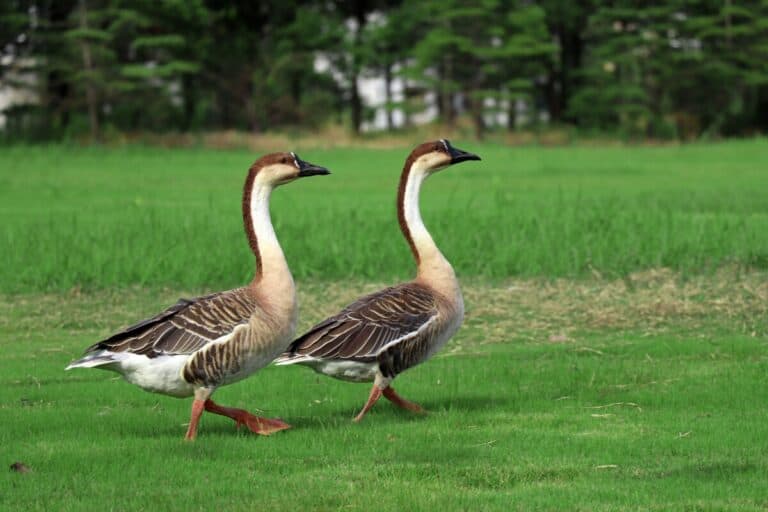10 Simple Steps To Start Birding Today (For new birders!)
We’re reader-supported; we may earn a commission from links in this article.
If you’ve always wondered how those bird watchers even get started in observing our feathered friends in the sky, then you’ve come to the right place! When I first started birding, I also once wondered to myself: “everyone seems to already know what to do when bird watching, but I HAVE NO IDEA”. Frustrated as I am, I went on to do my own research online, sourcing from forums, communities, and personal bird watching blogs and ironed out 10 very actionable steps in this article! Here we go:
10 Simple Steps To Get Started In Bird Watching:
- Look Out Your Window For Birds
- Listen Carefully To Bird Calls
- Download Bird Watching Apps
- Borrow/Purchase A Pair Of Binoculars
- Head Out To Your Closest Park
- Master Identification of Common Local Birds
- Do Bird Identification Quizzes
- Subscribe To Bird Watching YouTube Channels
- Read Bird Watching Blogs
- Connect With Your Local Bird Watching Groups
The steps seem really simple right? As I was also recently a beginner, I know the value of having very actionable steps to get you started with bird watching! Now that you know of these simple steps, if you stick around, I’ll show you how can get started!
1) Look Out Your Window For Birds

You first need to understand that virtually anyone can be a bird watcher. All you need is a sense of sight and hearing to take part in this particular hobby. As a beginner, I won’t start you off with the advanced stuff like gear, rare birds, etc. We’ll leave that for another time when you get more seasoned.
I want you to start by looking out your window to the trees next to you, or your backyard, whichever is closer. Look closely at the branches, look for any bird who may be flying and playing among them. Then try to look out for their nests. Nests are a great indication of a family of birds that live in the tree. This is so that you can come back again next time to spot them again.
Then start looking at the sky. Are there any birds in the area that are flying around? Birds like swifts tend to be flying in the air 80% of the time, so it’s hard to spot them perched, but if they do, they do so on a vertical pole.
Congrats! You have just started your journey on bird watching! Though you may not know the species of the birds, recognize their calls, or tell them apart really well, bird watchers vary in their commitments levels. Don’t worry too much about it, because even the most advanced bird watcher with those huge lenses started somewhere!
For now, I just wanted to get you started as a curious enthusiast. I wanted to get you to see the beauty in them all around. The one reason why people love bird watching is that it can be done anywhere. Literally all around the globe! So no matter where you are on the globe, and even at home, you can still spot birds around you.
Let’s start small first shall we? Then you can progressively ramp up to be a decent bird watcher.
2) Listen Carefully To Bird Calls
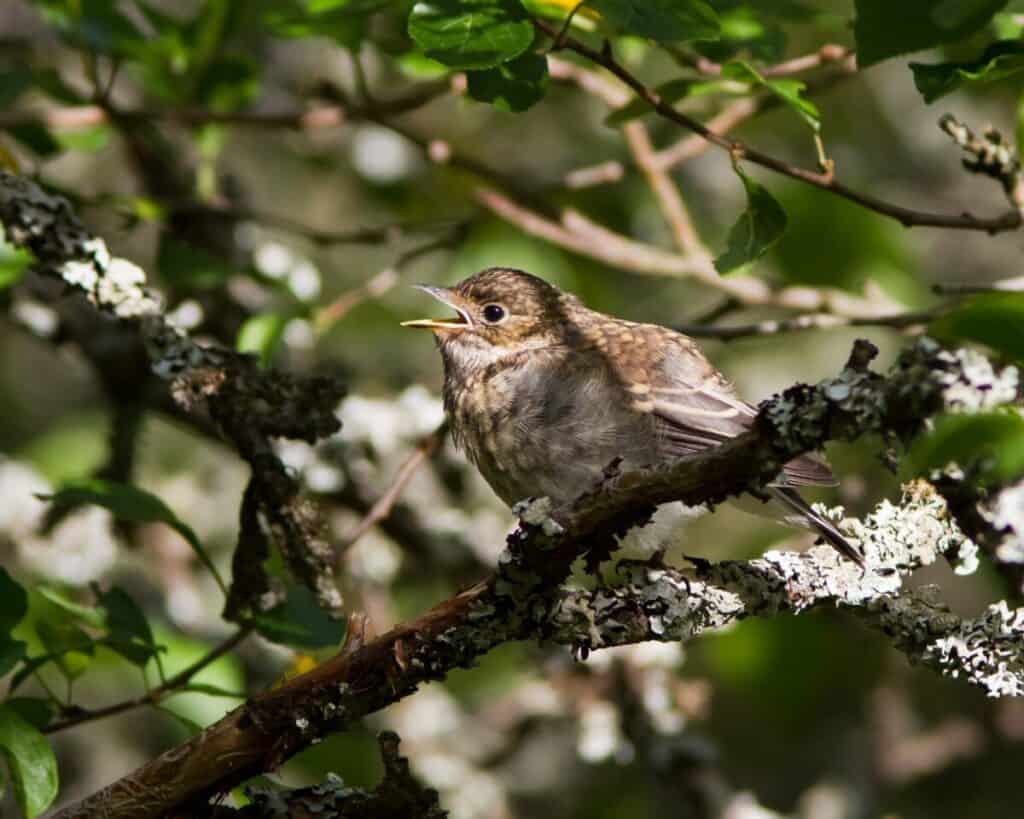
Next, I want you to practice listening to birds. Often, people neglect this particular skill because they find it only valuable to spot a bird. Finding a bird using your sense of hearing is commonly known as bird watching by ear. This method of location birds is a very important skill in your bird watching repertoire. Here’s why:
Listening helps to locate birds: Listening closely to the calls of birds helps to guide your eyes to the source of the sound. You were born with a bird detection system: your ears! With these ears, you will be able to track down the location of a distant bird out of sight. Thereafter, follow the source of the bird calls to the bird’s approximate location. Here are some guiding questions: How loud is the bird calling? Where is it coming from? How high is the bird? These are all clues that will lead you to the bird itself.
Listening helps in bird identification: Different birds have different kinds of calls. Although there are some birds who mimic other bird’s calls, most of them have their own unique calls. Listen out for their calls as well as their songs. The differences between bird calls and songs are quite distinct. If you want to know the difference, you can check it out another article that I wrote here.
The focus here is to learn to appreciate the different sounds that birds make because that’s a good start to train your ear before you get too far down the rabbit hole.
3) Download Bird Watching Apps
Now, I get it, you’ve seen some birds and you’ve heard how some of them sing. You probably are a little lost as to which bird is which. You notice some birds and some common sounds, but you have no idea what you’re into.
You’ll need some apps to get you started with bird identification. I’m sure you’ll want to get into more of the details by now. (and also show off to friends and family that you spotted a bird today, naming its species and traits!)
GONE are the days where bird watchers will bring along heavy books called field guides which contain a list of illustrations and descriptions of bird species, usually only for a certain geographical location. Now, with technology, you’ll want to download some bird watching apps on your smartphone.
Without going into too much detail, I’ll just list 5 essential apps here with a little description of each.
- Merlin Bird ID
- This app is a fantastic bird identification app perfect for all levels of expertise among bird watchers. The app takes you through a series of questions, then spits out a list of birds that are likely to be in your area, on that day. How cool is that? The app calculates these predictions based on the data that other bird watchers feed into the app. It’s free! Here’s a link to their site.
- Audubon Bird Guide: North America
- This app is also another great resource, especially if you live in North America. The app includes profiles of more than 800 bird species. Through this app, you can get started with listening to the bird songs and calls of different bird species, so that you can identify the bird in your backyard more accurately. This app has over 2 million downloads; enough of a reason to download it! It’s free! Here’s a link to their site.
- eBird
- This app is managed by the Cornell Lab of Ornithology in order to consolidate findings, observations, and data of birds. It’s a great app to store your observations, photos, and even sound recordings. This information can then be shared with other bird watchers and scientists to study birds at a global scale. It’s a large database of bird information all in one powerful app. You definitely will need this app, especially to note down your sightings. It’s free! Here’s a link to their site.
- Song Sleuth
- This app focuses on bird identification by bird sounds. It’s able to listen to the birds singing around you and immediately show you which is the most likely species of the bird you are hearing. Other than bird song identification, it also has great resources to help you further identify and confirm that prediction. The app also contains over 1000 vocalization examples of the included bird species. It’s free! More information on their site here.
- iBird Pro Guide to Birds
- This app is an interactive field guide that houses almost all the species within North America and Europe. So if you live in these locations, it makes a lot of sense to download these.
- The app contains lots of hand-drawn illustrations of each bird species, with comprehensive descriptions. It’s a paid app, so you might want to consider this app later on when you are more into bird watching! Here’s a link to more info.
4) Borrow/Purchase A Pair Of Binoculars
If you have made it to this step, congratulations! You must have already seen and heard some birds, along with the identification of common birds that are residents in your area.
Now it’s time to take it up a notch and obtain your very first binoculars. If you can get your hands on a pair of binoculars from your friend/uncle/grandad, then that’s great. The type of binoculars doesn’t matter too much, for now, just make sure that you’re at least getting a 7x or 8x magnification.
If you want to find out more about the 2 different types of modern binoculars, you can check out an article I wrote here.
What if you can’t borrow a pair of binoculars and you’re ready to invest a completely new pair?
Here are some of my recommendations:
- Pick a pair of roof prism binoculars. These are much lighter in weight, tend to be waterproof, and more compact.
- If you are bespectacled, pick one that has good eye relief.
- Pick one that is waterproof and fogproof. This is so that you can go bird watching in any environment and season without worrying about it spoiling.
- Don’t just pick the cheapest option, it’s better to get something durable to last you for years rather than one that you have to replace every now and then.
Here’s a recommended pair of binoculars: The Nikon PROSTAFF 3S 8×42.
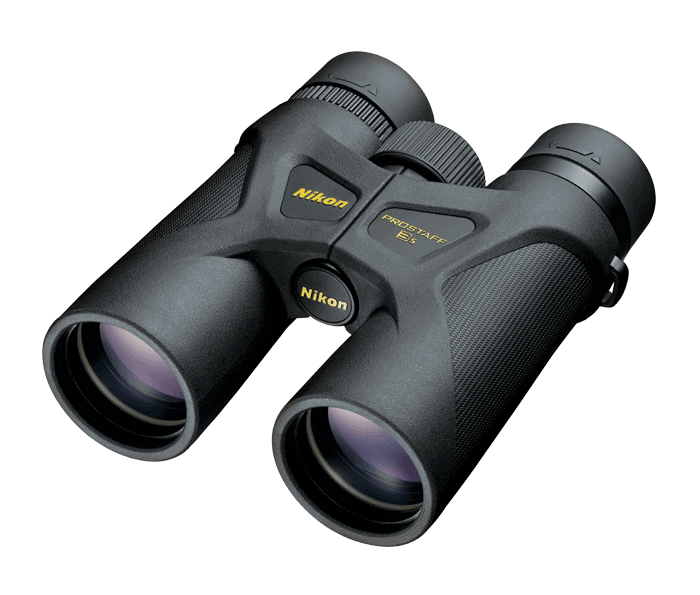
I personally use this pair of binoculars because of a few reasons. I’ll just quickly list my reasons:
- I trust the brand Nikon
- I prefer my binoculars to be black, gets dirty less easily.
- I like the compactness of roof prism binoculars.
- I wear spectacles, so I really like its eye relief.
- The price is affordable and great for entry-level bird watchers.
- It comes with a neck strap, lens caps, and case to protect its lifespan
- Nikon has a limited lifetime warranty on their products.
- The images look extremely sharp.
- The weight is light at only 575 grams/20.3 ounces.
Although I recommend this pair, it’s entirely up to you to make your own choices in buying a pair!
5) Head Out To Your Closest Park
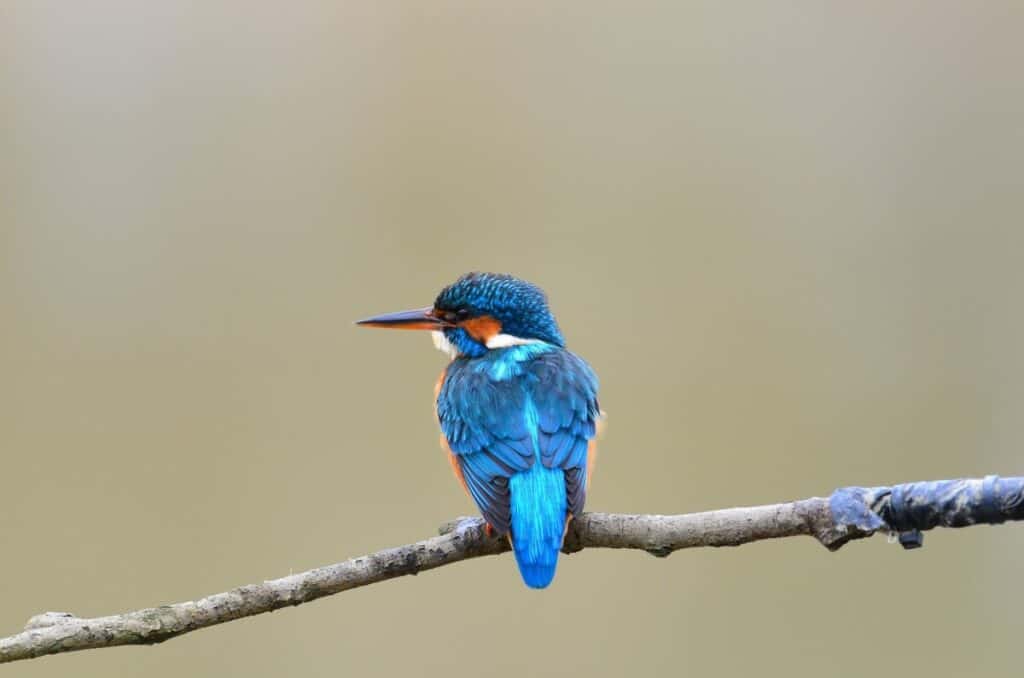
With your binoculars in hand and your smartphone in the other, you’re not ready to head out and do some serious bird watching. It’s time to do a little research. Do a quick google search on your closest park/natural vegetation, and head straight there.
I recommend that you head to your closest park in the morning, as that’s usually the timing when you can heard birds singing their morning dawn choruses. I wrote another article here on the best time of the day to go bird watching, you can check it out here if you’d like.
Now that you are at your closest park, scan the trees with your naked eyes first to spot for any movement, then raise up your binoculars to zoom it at the same spot. I want you to only bring up your binoculars when you spot a bird with your naked eyes.
If you try to spot birds with your binoculars up all the time, you’ll find that it gets really difficult to spot any bird because it’s too zoomed in. Follow my method: Scan the trees with binoculars ready, when a bird perches on a branch, bring it up quickly to spot the bird. If you hear a bird before you spot it, follow the sound of the bird calling with your eyes, then quickly switch to your binoculars to zoom in on the bird.
This technique is commonly used not only in bird watching but also in biology. As a biology student, I often work up the magnifications of the microscopes in this way. I guess my major does have some transferable skills! Now time for you to master bird identification.
6) Master Identification of Common Local Birds
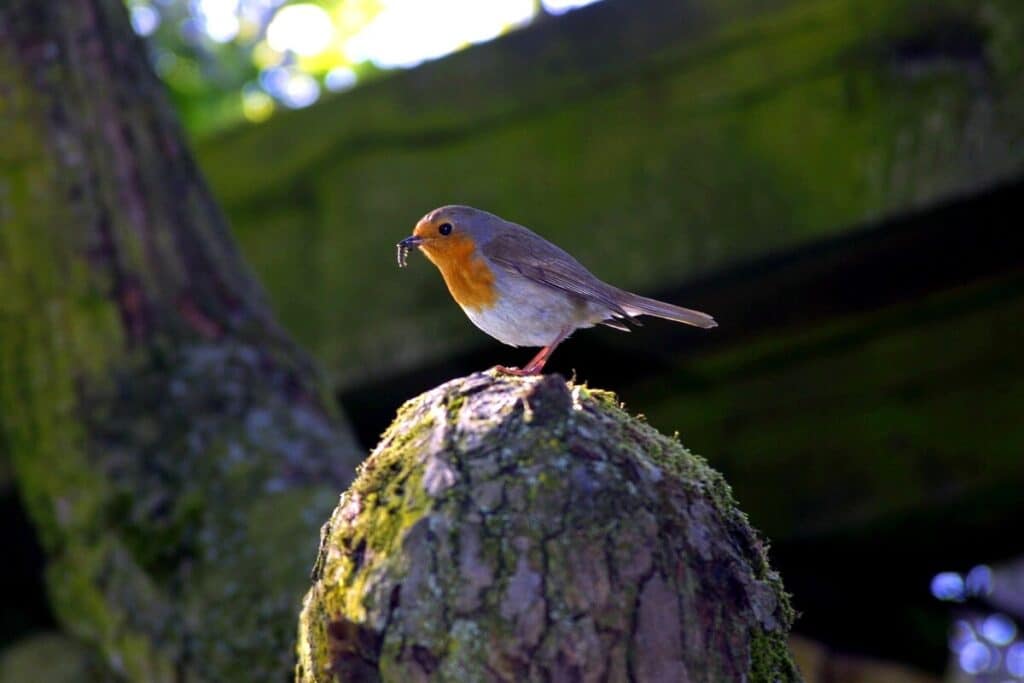
After you’ve seen the bird through your binoculars, try to think of the features that make up the bird. How would you describe the look of the bird? Of course, we recognize the color of the bird, but which part of the bird has which color? Imagine describing this bird to your friend, that’s how you would want to be able to describe a bird. Here are some tips to identify a bird:
- Habitat: Does it perch on a fence, a window ledge, a tree branch, a street lamp, or on the ground? These are clues as to where a bird lives and will be important in mastering the identification of your common local birds.
- Color Pattern: Try to describe the part of the bird that has a distinct color. Learn the parts of the bird so you know how to describe them. Here’s a picture of the different parts of a bird for your reference.

- Size and Shape: Take note of its size and shape. Certain birds may look very similar except for its size and shape of different parts of their body. Some may differ in beak lengths and some in tail lengths.
- Behavior: Take note of their feeding behavior. It is on the ground, is it flying in flocks, does it constantly wag its tail when it walks, does it wait for its prey to come by before snatching them? Once you answer these questions, they will help you sharpen your differential skills in small nuances of similar looking birds.
Don’t forget to use the helpful bird identification apps that I recommended in step 3! Mastering common local birds is a great start and a milestone in your bird watching journey. Ready for more?
7) Do Bird Identification Quizzes
You’ll want to do bird identification quizzes at this point. Now that you know more about the common birds, you are already more knowledgeable than your typical non-bird watcher already! But you’re going to want to find some rarer birds in your region. You want to be able to recognize them when you spot them.
You can start off with some great bird identification quiz websites that test your knowledge. Some test you based on sight, some on sound. There are so many of these websites that I decided to compile a list and wrote an article on it. You can look further into taking these quizzes in your own free time. Here’s a link to my article.
8) Subscribe To Bird Watching YouTube Channels

At this point, you want to be able to get as many resources and exposure to how bird watching is like for others. It’s a point where you need to be able to take some tips and learning points from other people. A great way to start is by watching other bird watchers bird watch on YouTube channels.
I myself also went on a quest to find all the best bird watching YouTube channel, and in the process, I wrote a comprehensive article on the channels that I found. In the article, I also provide examples and explain why I recommend and love them. Check the article out here.
9) Read Bird Watching Blogs

Now that you’ve had all the fun doing your own little bird watching trips, identifying birds on online quizzes, and enjoying entertaining YouTube channels, it’s time to read some blogs.
For those of the younger generation, you may think: “OH blogs? No one has the time to read blogs anymore!” Well, and let me convince you otherwise. Bird watching blogs can provide with lots of rich information on HOW bird watchers came to find a bird. They also are really personal.
Bird watching blogs are a good way to pick up skills in locating birds and identifying them. Think of them as self-help books, but for bird watching. You’ll be surprised by how many of them can be so interesting to read!
Here’s an article where I summarized a list of bird watching blogs that you can check out.
10) Connect With Your Local Bird Watching Groups

Bird watching up until this point has been a really solo kind of activity. But it doesn’t have to be that way! Connect with your local bird watching groups! This can take the form of requesting access to a local bird watching group on Facebook, telegram channels, WhatsApp groups, or whatever your most popular local communication app is.
What’s great about these groups is that you’ll be able to see a community that is passionate about bird watching, that can support you in finding a particular bird you’ve never seen before. Many in these groups can provide advice on bird identification if you’re struggling to ID a bird.
It’s also a great place to enjoy the pictures that others have taken of rare and majestic birds in your area. The first time I joined one of these, I remember feeling so motivated and shocked as to how many different species of birds lived in my area! So when you’re more of an intermediate bird watcher a few months or years down the road, you’ll want to post some pictures of your own too.
These bird watching community groups are always a great way for instant notification if a rare bird was spotted in an area around you. Some bird watchers who are really passionate will take a quick drive down to the location, just to snap a picture of the rare bird. I do agree that this can be quite excessive for some, but I really enjoy the adrenaline rush and excitement on everyone’s faces when we do so.
Final Thoughts
Now that you’ve read to the end, you must have realized that these steps were mostly actionable and very simple to execute. That’s because I was recently a complete beginner myself! I wanted to share the roadmap I’ve been through so that you can fast track to being a true blue bird watcher.
Once you’ve completed the 10 steps, I’m sure you’ll be able to get some help from your local community and locate bird watching resources on your own. The rest is all up to your own pace, so just enjoy the journey.
Hope you have enjoyed reading and happy bird watching!
My Recommended Birding Resources:
Hey there, Justin here!
Here’s a list of all my favorite resources, products, and brands I trust and love.
My Celestron Nature DX 8×42 Binoculars: It’s a great budget pair for beginner birders. Highly valued for its price! Read my review.
Safe Paint for Bird Baths Guide: Learn about non-toxic paint for painting bird baths.
Safe Sealers for Bird Baths Guide: Learn which sealers are safe for bird baths.
Safe Paint for Bird Feeders Guide: Learn what special care needs to be taken to paint bird feeders with the right paint.
Safe Paint for Birdhouses Guide: Learn about non-toxic paint for painting birdhouses. (Not the same as bird baths!)
Bird Identification Apps Guide: 2 of my favorite birding apps are Merlin Bird ID, and eBird Mobile! Merlin is great for tracking and identifying birds, and eBird Mobile is great for tracking the birds sighted when birding.
Check out my resources page for the full list of resources I recommend!

Justin Chia
Justin is the founder and author of Birding Outdoors. He is a Nanyang Technological University (NTU) alumnus with a Bachelor of Biological Sciences and a former data analyst.
Now, Justin runs the Birding Outdoors blog full-time, hoping to share his deep love for birds, birding, and nature with others.
To unwind, Justin enjoys gaming and reading.

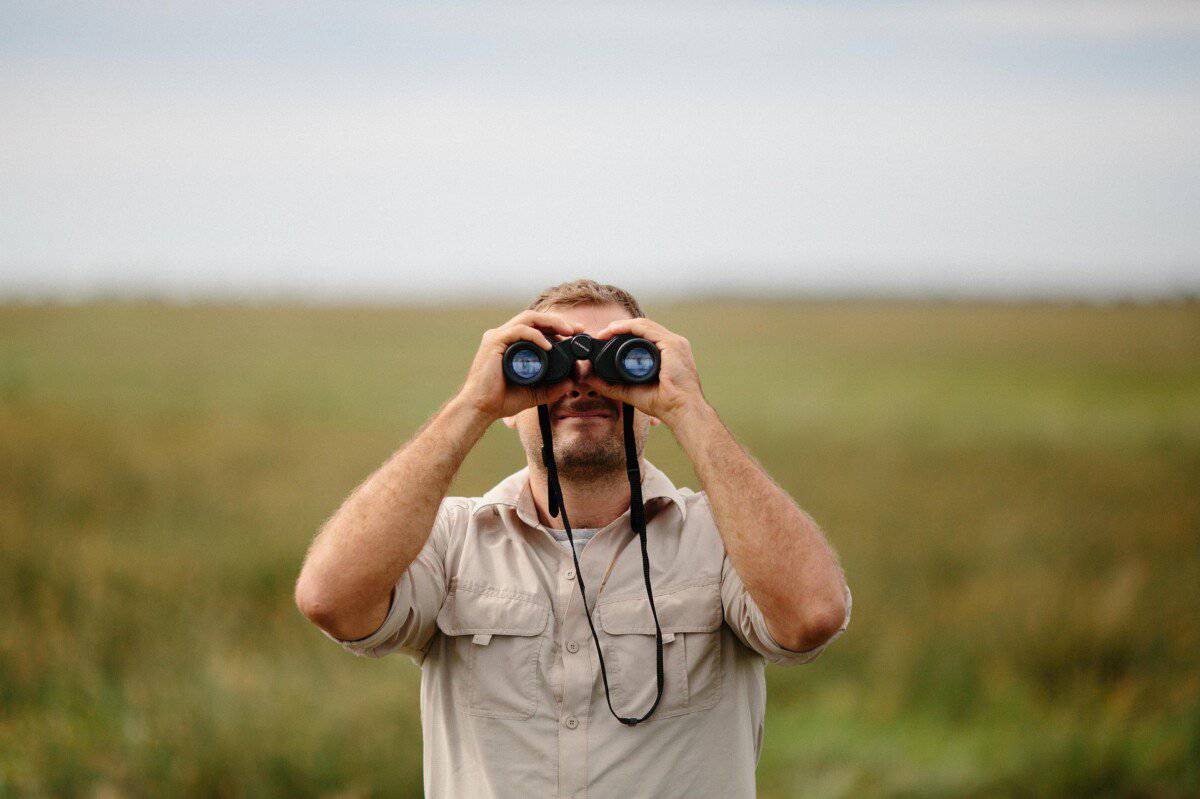
![How Long Does It Take For A Bird To Grow Up? [Answered!]](https://birdingoutdoors.com/wp-content/uploads/2021/05/spring-712051_1920-768x554.jpg)

